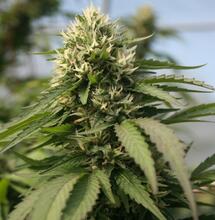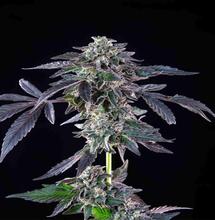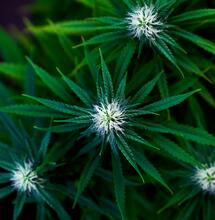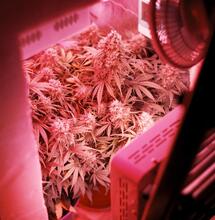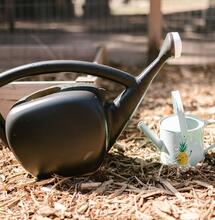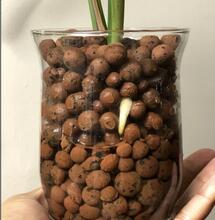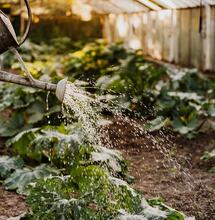chloride
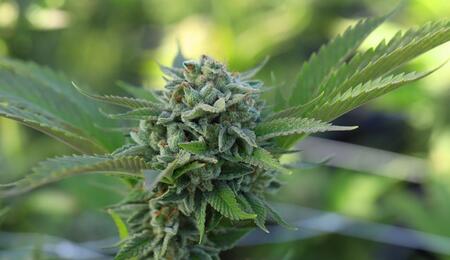
Chloride is found in its natural form after it has been leached from various rocks into soil and water after years of weathering. It is found naturally in seawater and some foods such as tomatoes, rye, salt, olives, lettuce and celery. Chloride salts such as sodium chloride are very soluble in water.
Chloride is an essential vital trace mineral required by humans, animals and plants. It is classed as an electrolyte, a substance that produces an electrically conducting solution when dissolved in water.
Chloride is essential for plant health and development, even though, like all micronutrients, it is only required in small quantities. Chloride plays a direct role in photosynthesis, regulates the function of several enzymes, is essential for osmotic adjustment, governs the loss of water from stomata and assists with the transportation of nutrients around the plant (calcium, magnesium, potassium).
In a natural environment, chloride is taken up by the plant from water in the soil. Chloride is mobile in soil and is leached from rocks from years of weathering and natural breakdown. It exists as soluble salts in a water solution, is not absorbed by organic matter or clay and does not dissolve or precipitate out of its solution. All this makes it is ready and easy for the plant's roots to take up.
There is usually no need to add chlorine to your nutrient feed in an indoor growing environment. The chloride present in the water or impurities within the other salts in your feed (less than 75ppm) will be more than enough to cover your needs.
Chloride deficiency rarely occurs. However, it can happen if there is consistently less than 2.0ppm chloride in the growing medium. If you were to experience a shortage in chloride, you would see wilted spotted leaves that begin to turn bronze. Roots can appear stunted and thickened near the tips. To correct a chloride deficiency, try a different fertiliser containing more chloride salts such as calcium chloride, potassium chloride, ammonium chloride or magnesium chloride.
Symptoms of Chloride toxicity start with yellowing leaves, leading to tip burn in older leaves and some bronzing. Different plant species have varying sensitivity to chloride toxicity. If chloride levels are too high, it is probably down to the water you are using, as problems can occur if chlorine levels exceed 50-70ppm.
Test your water, and if levels are too high, flush your medium and then monitor salt levels weekly as they can build up again quickly. If you find chloride levels in your water exceed 200ppm, reverse osmosis filtration is the best course of action. This process can remove many contaminants, ions, molecules, and larger particles from water by pushing it under pressure through a semi-permeable membrane. Hence it will draw enough excess chloride to reduce the ppm to where it needs to be or below. You can buy filter systems that will perform this task on tap water or buy water that has already been filtered.
